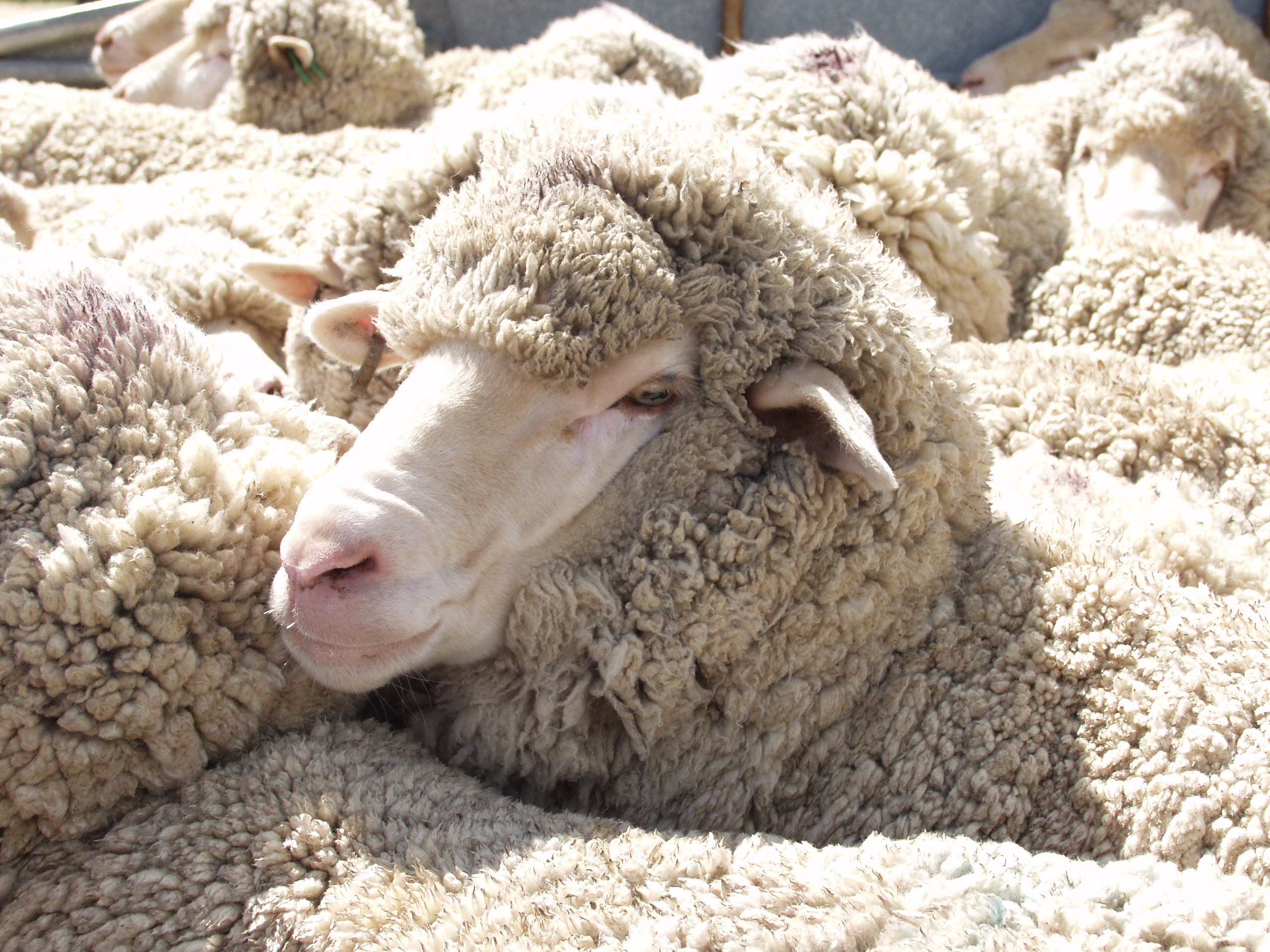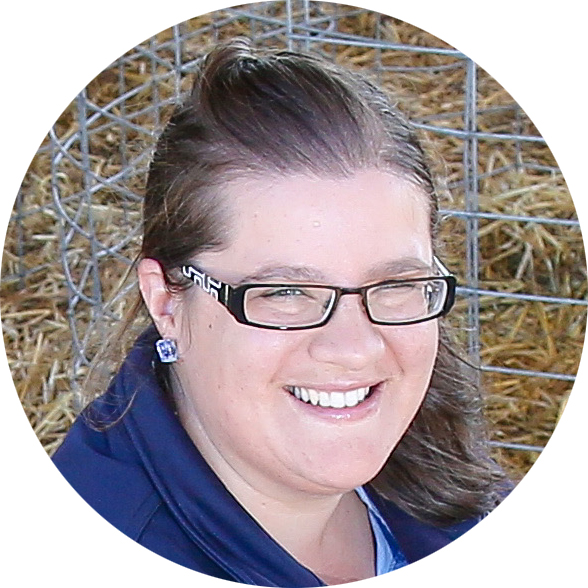
Avoiding animal health issues in a wet year
07 Feb 2022
 PRODUCTION ADVICE / NRM NEWS - FEBRUARY 2022 - ANIMAL HEALTH
PRODUCTION ADVICE / NRM NEWS - FEBRUARY 2022 - ANIMAL HEALTH
By Linda Searle
District Veterinarian
P: 03 5881 9919 | M: 0427 629 740 | E: linda.searle@lls.nsw.gov.au
This time of year, I am usually dealing with 40+ degree days and dust. Having a wet and humid summer this year is a bit different. So, how can you ensure that your livestock thrive in the current conditions?
Increase in mosquitoes and mosquito borne diseases
Mosquitoes can spread diseases to animals and humans. Horses, in particular, can develop neurological diseases such as Ross River virus, Barmah Forest virus, and Murray Valley Encephalitis after being bitten by infected mosquitoes.
Measures that you can use to reduce the mosquito burden around your animals include:
- Reduce mosquito breeding grounds e.g. buckets, old tyres - anywhere water can pool.
- Use commercial mosquito traps.
- Cover horses with summer rugs and fly veils, use suitable repellents, and stable at dawn and dusk when mosquitoes are most active.
Increase in fly numbers and flystrike
Flies such as the Australian sheep blowfly Lucilia cuprina can also increase in number and cause increased issues with flystrike in sheep. Prolonged rain can also lead to conditions such as dermo and fleece rot which increase sheep susceptibility to body strike.
Preventative measures that you can use for flystrike include:
- Check your sheep regularly for flies.
- Treat any struck sheep quickly.
- Increase protective strategies as needed (e.g. chemical, shearing/crutching, treat predisposing conditions)
Ensuring stock have adequate nutrition
The quality of dry standing feed may be an issue for some stock. Energy and protein levels need to be able to meet the requirements of what is eating it. It is important to remember that growing animals and heavily pregnant stock have extra energy and protein requirements compared to other classes of stock.
To make sure your stock are receiving adequate nutrition, you can:
- Use a feed test to determine the quality of your feed or check the weight/body condition score of stock to ensure targets are being met.
- Supplement feed any mobs falling behind or move them to a new paddock of feed. If you are going to start feeding grain, make sure you introduce it gradually to avoid acidosis.
Internal parasites
Scour worms:
Late winter/early spring saw an increase in scour worms, especially in lambs, compared to other years. The rain came, but it was quite late. This meant good worm larvae survivability on the ground when mobs were run tightly on short feed, until it started to grow.
Barber’s pole worm:
Barber’s pole worm is usually found in areas with a high amount of (predominantly summer) rainfall. In years where there is increased summer rain, Barber’s pole can sometimes start to be an issue in other areas. Unlike scour worms, these worms are blood feeding and sheep or goats infested with Barber’s pole, are usually anaemic (pale white gums/around the eyes), dull/lethargic and can have bottle jaw (swelling under the jaw).
Preventative and control measures for internal parasites include:
- Conducting a worm egg count (WEC) to see if worm numbers are high. You can request larval differentiation to determine the species present (e.g. scour worm vs Barber’s pole worm).
- Drench any affected animals with an effective worm drench. Drenches that have at least 3 different active ingredients (triple combination drenches) are recommended to reduce the development of worms that are resistant to drenches.
Toxic weeds
Weeds are often the first green pick in the paddock after rain, which can increase the chances that stock will seek them out. Common toxic summer weeds locally include common heliotrope, cathead (caltrop/bindi), and panic grass (witchgrass/hairy panic). Common effects of consumption include liver damage and subsequent photosensitisation or copper toxicity.
To prevent the effects of toxic weeds on your stock:
- Limit access of stock (particularly young stock) to areas where lots of toxic weeds are present, especially in the absence of other green feed. This is especially important for breeds like Dorpers which will preferentially seek heliotrope.
- Restrict stock showing signs of photosensitisation (inflammation and reddening progressing to peeling skin in non-pigmented, lightly haired/wooled areas such as around the ears, nose, and mouth) from green feed and place in a shady area. Veterinary treatment may be needed for severe cases.
By observing your stock closely, using preventative measures, and reacting to situations quickly, you and your stock can enjoy the summer and its Queensland-like weather without having to travel!